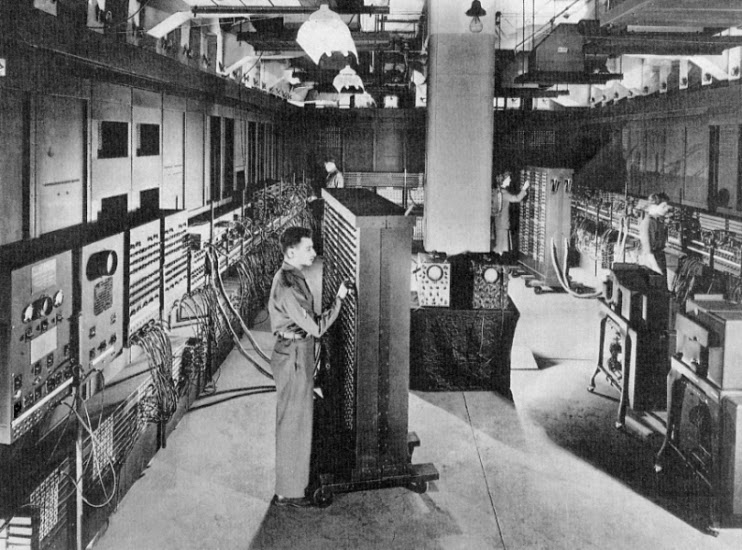What Do You Mean By Ports And Connector?
A port is a socket on the outside of the system unit that is connected to an expansion board on the inside of the system unit. A port allow connecting a peripheral devices such as a monitor, printer, or modem, so that it can communicate with the computer system. Ports and connector are divided into three parts and they are:-- Legacy Multifunction Port
- Single Standard Function Port
- Modern Multifunction Port
Every cable has a connector at the end that plugs into a corresponding ports on a PC. Connector carry data and sometimes power between devices attached to the PC. Ports are the interface, the "doorways" used to connect the devices to the PC.Connectors and ports can be either male or female, defined as having pins or sockets,respectively.
Let’s start with the two ancient multifunction ports that linger on most modern PCs: serial ports and parallel ports.Serial and parallel ports have a slight D shape, which allows only one proper way to insert a plug into the socket and makes it easier to remember what they’re called. Technically, they’re known as D-sub or D-subminiature connectors, but most techs call them DB.
Serial Ports
Serial ports come in 9-pin and 25 varieties . Of the two, the 9 (five pins on the top row, four on the bottom) variety is much more common,n although even those are rapidly disappearing from modern PCs. Serial ports transfer data 1 bit (the smallest unit of data in the PC world) at a time, with a maximum throughput speed of 115Kbps.Devices that connected to the PC via the serial port included mice, external modems, label printers, personal digitalassistants (PDAs), and digital cameras.
Parallel Ports
Parallel ports are the 25-pin (13 on the top row, 12 on the bottom) female ports on the back of older PCs, as shown in. Folks often incorrectly refer to parallel ports simply as “printer ports,” but many other devices have used parallel ports, such as external CD ROM drives, Zip drives, and scanners.
Through this port, the data transimission rate is 1Byte at the speed of 150Kbps. It can transfer the data in higher speed as compare to serial port.
















